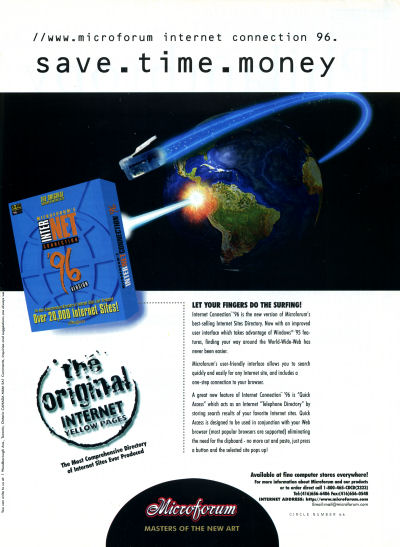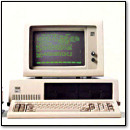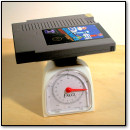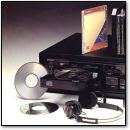[ Retro Scan ] The Tandy Sensation!
Friday, December 17th, 2021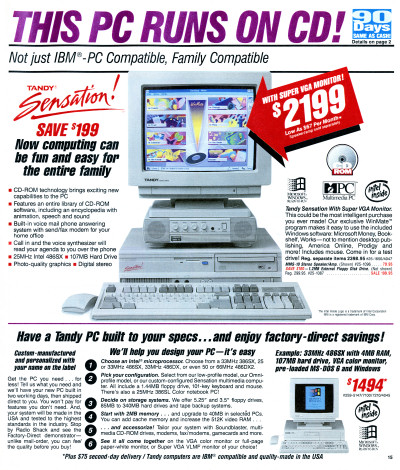 “Now computing can be fun and easy for the entire family.”
“Now computing can be fun and easy for the entire family.”
The Tandy Sensation was an early attempt at a specialized Multimedia PC. In this case, Tandy came up with a 25 MHz 486SX computer with a 107 MB hard drive, built-in CD-ROM drive, stereo sound card, a voice/fax modem, SVGA color graphics, and more.
All this for $2,199 US with a SVGA monitor included (that’s about $4,232 today). You could also get the MMS-10 Stereo Speaker/Amplifier for $79.95. It seemed so futuristic at the time.
The Sensation also shipped with the interesting WinMate interface, a successor to DeskMate that ran on top of Windows 3.1.
I miss the ebullient joy of Radio Shack computer bundles aimed at families. They always seemed so fun. I remember seeing the Sensation in a local Raleigh, NC Radio Shack store circa 1993 and wanting one.
By the way — Merry Christmas!
Discussion Topic: Have you ever owned a Tandy IBM compatible PC? Tell us about it.

